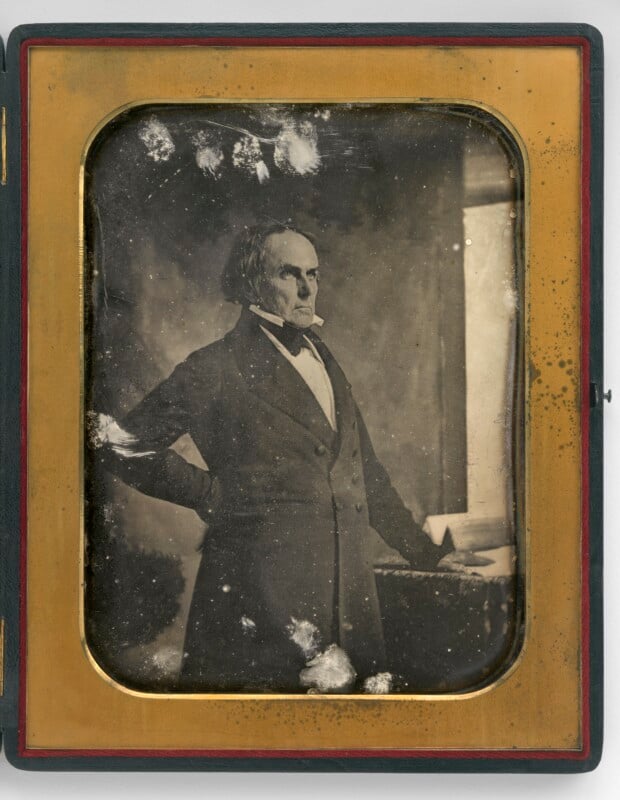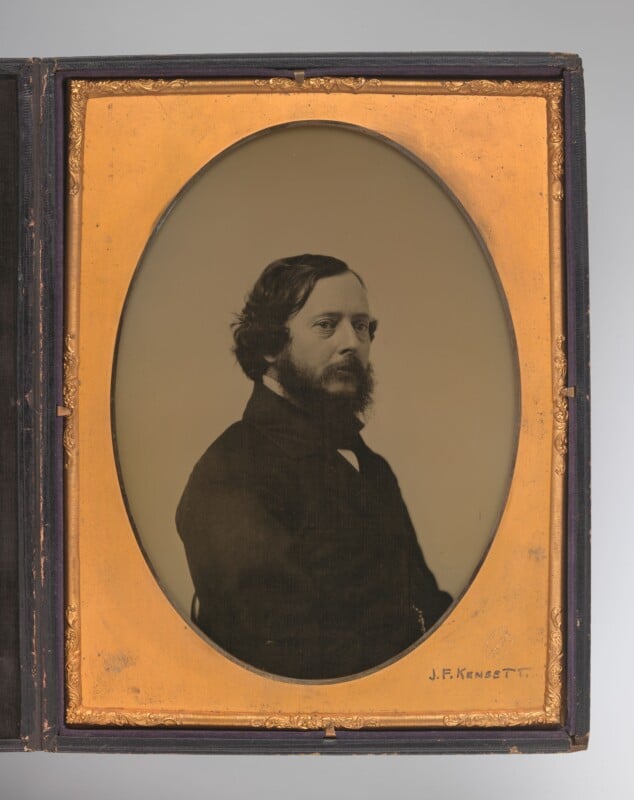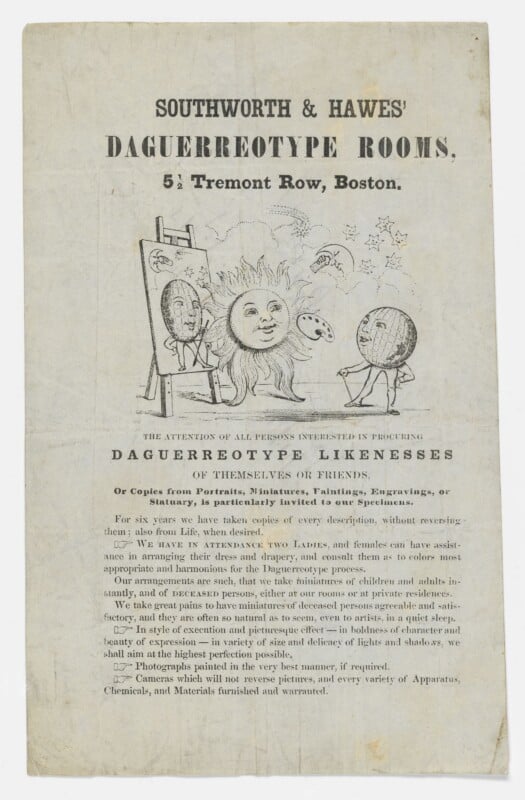National Portrait Gallery’s Exhibition Charts the Evolution of Early Portrait Photography

An upcoming exhibition at the Smithsonian Institution’s National Portrait Gallery invites visitors to explore the rise of the grand-scale, whole-plate photographic portrait — from the luxurious daguerreotype to the more affordable tintype.
The invention of photography revolutionized both art and memory, making it possible for people everywhere to preserve a visual image of their loved ones.
In the medium’s early years (1840–1860), photographers seeking customers often urged the public to: “Secure the shadow ere the substance fade.” This poetic plea reminded viewers of life’s impermanence and photography’s ability to capture a fleeting likeness and preserve it for posterity.

During this period, whole-plate portraits — measuring 8.5 by 6.5 inches — were the crown jewels of professional photo studios. Marketed as cherished keepsakes by leading photographic studios in the U.S., these large-format images let families own enduring likenesses of those they held dear. As photographic techniques improved and costs dropped, this once-exclusive format became more attainable.
The National Portrait Gallery’s latest exhibition “From Shadow to Substance: Grand-Scale Portraits During Photography’s Formative Years” draws from its rich early photography collection to chart this fascinating evolution. Curated by the National Portrait Gallery’s Senior Curator of Photographs Ann Shumard, it follows the transition from the refined daguerreotype to the mid-range ambrotype to the everyday tintype.

“This exhibition marks the first time these whole-plate daguerreotype, ambrotype, and tintype portraits will be shown together at the Portrait Gallery,” Shumard says in a press release.
The exhibition showcases examples of whole-plate portraits in each medium, revealing how advances in photographic technology shaped both style and accessibility. Highlights include daguerreotypes of U.S. senators Daniel Webster and John C. Calhoun, and papal envoy Gaetano Bedini; an ambrotype portrait of American landscape painter John Frederick Kensett; and a tintype likeness of an unidentified African American woman.

Also included are original advertisements issued by photographers Albert Sands Southworth and Josiah Johnson Hawes, and Mathew B. Brady to promote their respective businesses.
“From Shadow to Substance: Grand-Scale Portraits During Photography’s Formative Years” will be on view from June 20, 2025, to June 7, 2026, in the Early Photography Alcove on the museum’s first floor in The National Gallery in Washington, D.C.
Image credits: All photos courtesy of National Portrait Gallery, Smithsonian Institution.
Source link



